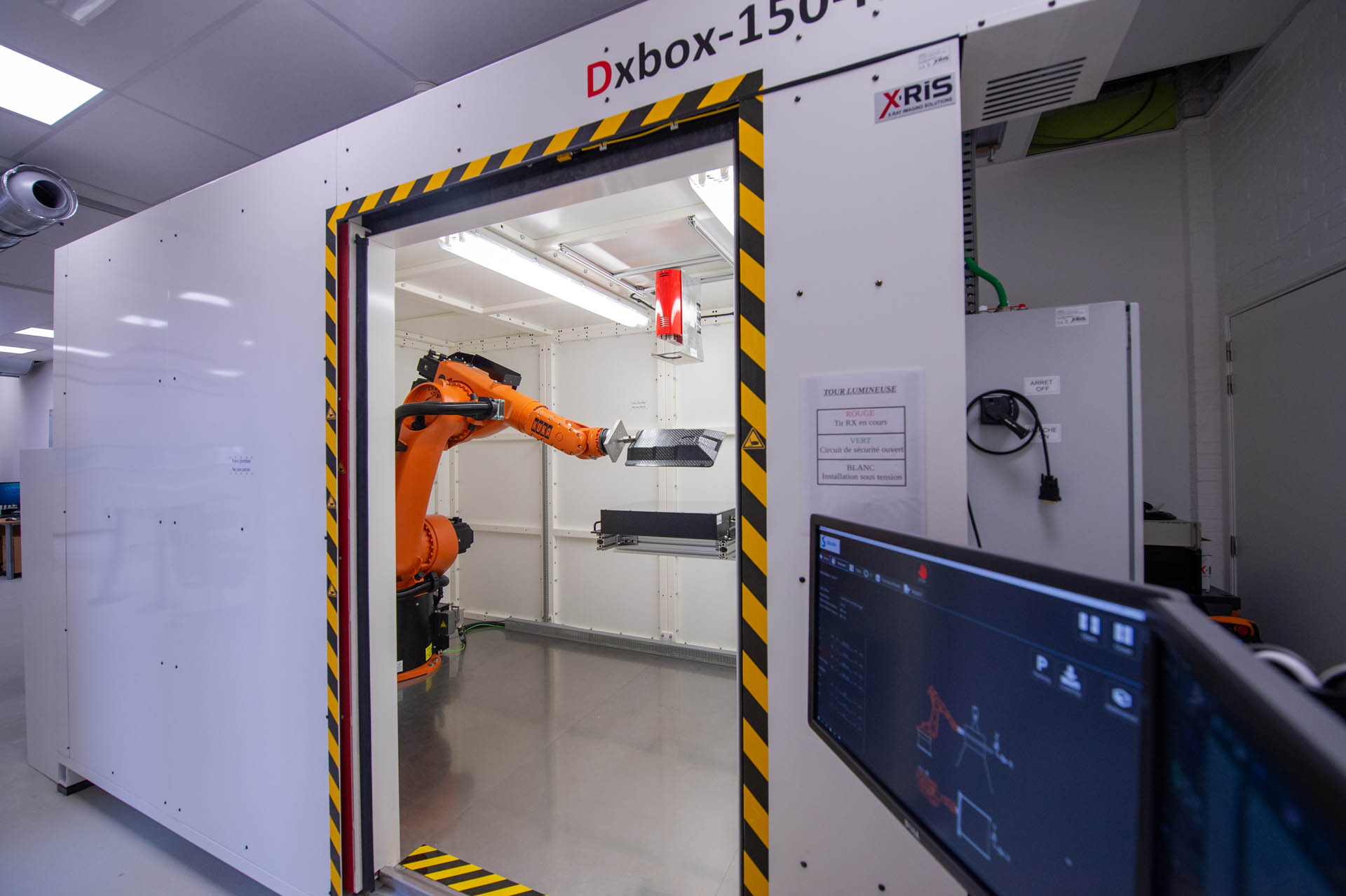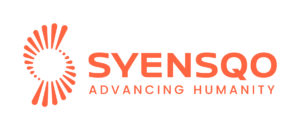The future of air transport is being rewritten. We all know that a new chapter is about to start for energy sources, but the story is much richer than that. The design and development of next generation aerospace technology comes with its own sustainability and innovation challenges
Developing new strategies, materials and manufacturing processes to limit greenhouse gas and pollutant emissions – without compromising aircraft performance and quality – has become fundamental. One of the main difficulties for the aerospace industry is to make the materials used for large and complex structures – usually Carbon Fiber Reinforced Polymers (CFRP) and metals – more sustainable.
One challenge is to reduce the weight of aerospace components without affecting the safety of the system. If successful, the design and development of lightweight structures would allow reduced fuel consumption and, consequently, lower CO2 and greenhouse gas emissions. Moreover we could implement the circular economy paradigm for raw materials used in aeronautics, such as CFRP.
The magnitude and technological complexity of this task are daunting. It requires not only an extremely advanced technical know-how – rarely available to one company alone –, but also a systematic approach.
Joining forces across aerospace and chemistry
Leonardo and Solvay created the Joint Lab, an innovative partnership between two leading companies active in different sectors – aerospace and chemicals/materials respectively. The Joint Lab brings together complementary skills and expertise to spearhead advanced research in the field of advanced composite materials and production processes applicable to the aerospace sector. Kick-started in February 2021, the Leonardo-Solvay Joint Lab draws on Leonardo’s Lab in Grottaglie (Taranto) and Solvay’s MSAC – the Material Science Application Centre in Brussels.
One of the Joint Lab’s main work-streams is the innovative technology of thermoplastic “engineered materials” and, in particular, the welding and automatic lamination (‘in-situ’ consolidation) of complex and large aerospace structures. Compared to the analogous process with thermoset composites – already used in large scale aircraft projects such as the Boeing 787 and Airbus220 – our new thermoplastic technology will bring several advantages.
First, large structures can be produced with an automatic lay-up that no longer requires any post-process. Second, thanks to welding and overmolding the parts assembly of thermoplastic composites is simpler, allowing for more fuel-efficient aircraft – lowering fuel consumption by 15 % and gas emissions by 20 %. Third, shelf-life is practically infinite at ambient temperature – energy intensive freezer storage, as required for thermoset materials, will be a thing of the past. Last but not least, thermoplastic composites can be fully recycled with a straightforward, mechanical, process into injection moldable compounds. In short, thermoplastic composites will be a game changer in aircraft construction and make this industry more circular.
However, to bring the thermoplastic composite technology to the required maturity level we still need to close very big technical gaps. We are pooling our complementary competences to increase the chance of success.
Other work streams of the Joint Lab include the improvement of existing composite materials to be utilised for extreme conditions and advanced lightweight applications. Moreover we are together developing new manufacturing processes starting from early stage technologies and are working on the promotion of circular economy practices (fibres from CFRP scraps are recycled in to new high performance composites). Looking forward, the Joint Lab enables our companies to collaborate on new commercial initiatives.

Conditions for success
A key factor for the Joint Lab’s success is its governance, based on a flexible structure, which gives the team a great degree of autonomy and the chance to set up its own rules of operation. This facilitates communication between researchers and makes collaboration easier and more efficient.
As our competencies are strongly complementary, we have defined clear responsibilities: The Leonardo team is responsible for the identification of areas in which the recycled materials should be integrated. This involves designing parts, developing eligible materials, analysing composite recycling parameters and the final fiber characteristics, as well as developing industrial solutions, and providing materials engineering expertise. The Solvay team, on the other hand, provides materials science expertise, compounding and injection molding capabilities and industrial processing of composite materials to give new life to materials and create secondary raw material for different applications.
In addition, the Joint Lab is based on an ‘open innovation’ paradigm, allowing both companies to leverage not only on each other’s internal infrastructures, but also on their collaboration with institutions, research centres and universities, in Italy and abroad.
Our ask from policymakers
We are convinced that this partnership will lay the foundation for further collaboration in aerospace and beyond, enhancing innovation speed and efficiency.
That said, we could be operating under better conditions. Both our innovation model and our research area should be supported by adequate public innovation support mechanisms. Moreover, the regulatory framework falls short of giving perspective on two fronts.
First, coherence between political goals and actual sector specific regulation is critical in highly regulated markets, such as aerospace, considering that the employment of recycled materials is still in its early stage. Now is the time for EU and international aerospace regulatory agencies, as well as standardisation bodies, to start exploring ways to include recycled materials into the existing regulatory frameworks and to involve industrial stakeholders in this effort. Second, a coherent EU regulation framework would also facilitate the circularity of such evolving materials.
We would strongly encourage regulators to launch a collaborative and innovation-driven review process of existing regulations. If this is done right, it would allow the Joint Lab’s model to spread across different industrial ecosystems. The advantages are obvious: a hard-to-match cross-fertilisation of expertise that results in greater sustainability, technological leadership and future competitiveness.
